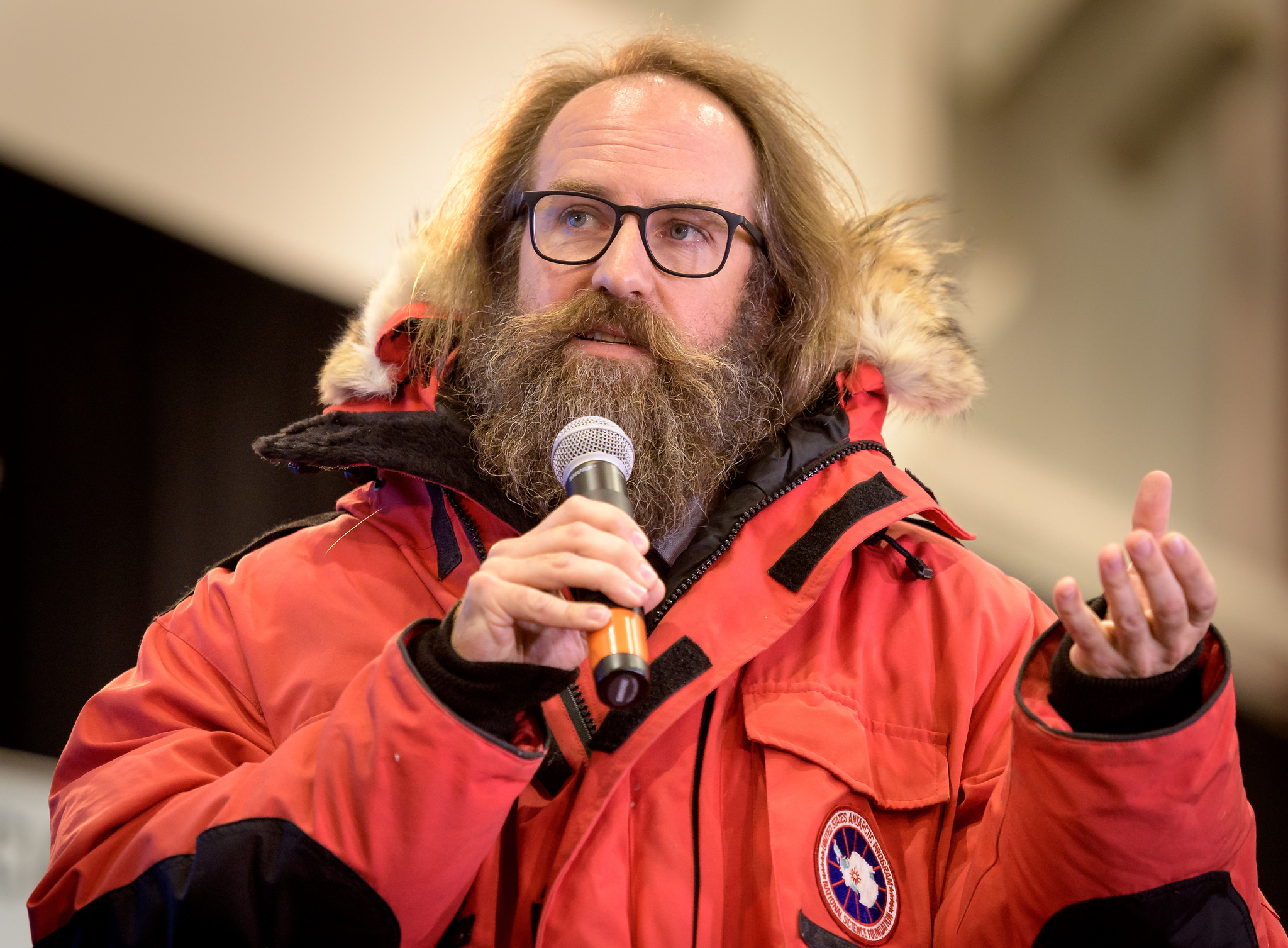The public is invited to a free talk called ‘NASA’s Leadership in Monitoring the Polar Regions from Space: GRACE-FO and ICESat-2,’ with Dr. Tom Neumann. The talk will occur in the Pickford Theater, third floor, Madison Building, 101 Independence Avenue SE, Library of Congress, Washington, D.C., on Nov. 8 from 11:30 a.m. to 12:30 p.m. EST.

Neumann is a cryospheric scientist and ICESat-2’s deputy project scientist at NASA’s Goddard Space Flight Center in Greenbelt, Maryland.
This year NASA launched two missions to continue monitoring changes in Earth’s polar ice cover. The Ice, Cloud, and land Elevation Satellite-2 (ICESat-2), launched in September, improves upon ICESat which operated from 2003 until 2009. These missions measure changes in glaciers, ice sheets and sea ice. In May, the Gravity Recovery and Climate Experiment (GRACE) Follow-On mission was launched to track changes in mass distribution around the planet, including the massive polar ice sheets. The first GRACE mission operated from 2002 to 2017. Understanding the processes driving these changes in Earth’s ice cover requires sustained, high accuracy, repeat observations.
Neumann will explain why the polar regions are so important for the global climate system and what satellites like GRACE-FO and ICESat-2 will contribute to our understanding of them.
Neumann is a speaker in the 2018 NASA Goddard Lectures Series at the Library of Congress. Earlier talks in the NASA series included the topics of space weather, improved global water security and sustainability, how Mars has changed over time, NASA’s Hubble Space Telescope and the upcoming James Webb Space Telescope.
The Library of Congress maintains one of the largest and most diverse collections of scientific and technical information in the world. The Library of Congress is the nation’s oldest federal cultural institution and the largest library in the world and holds nearly 151.8 million items in various languages, disciplines and formats. The library serves Congress and the nation both on-site in its reading rooms on Capitol Hill.
For inquiries about this or upcoming talks at the Library of Congress, the public can contact the library’s Science, Technology and Business Division at 202-707-5664. ADA accommodations should be requested five business days in advance at 202-707-6382 (voice/tty) or ada@loc.gov.
The lecture will be later broadcast on the library’s webcast page and YouTube channel “Topics in Science” playlist.
For directions, visit: http://www.loc.gov/visit/maps-and-floor-plans/ or www.loc.gov
For information about Dr. Neumann, visit: https://science.gsfc.nasa.gov/sed/bio/thomas.neumann
Banner Image: The United Launch Alliance (ULA) Delta II rocket launches with the NASA Ice, Cloud and land Elevation Satellite-2 (ICESat-2) onboard, Saturday, Sept. 15, 2018, from Vandenberg Air Force Base in California. The ICESat-2 mission will measure the changing height of Earth’s ice.
Photo Credit: NASA/Bill Ingalls
Rob Gutro / Lora Bleacher
NASA’s Goddard Space Flight Center, Greenbelt, Md.
301-286-0697 / 2009
Robert.j.gutro@nasa.gov / Lora.v.bleacher@nasa.gov
Stephanie Marcus
Library of Congress, Washington
202-707-1192
smar@loc.gov

























